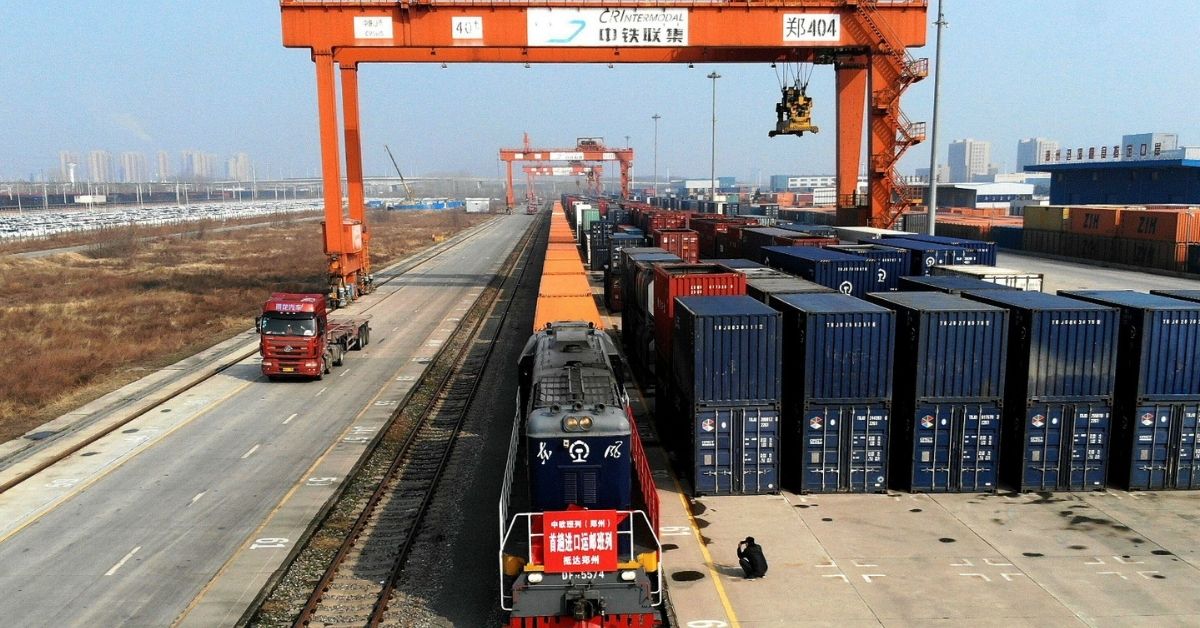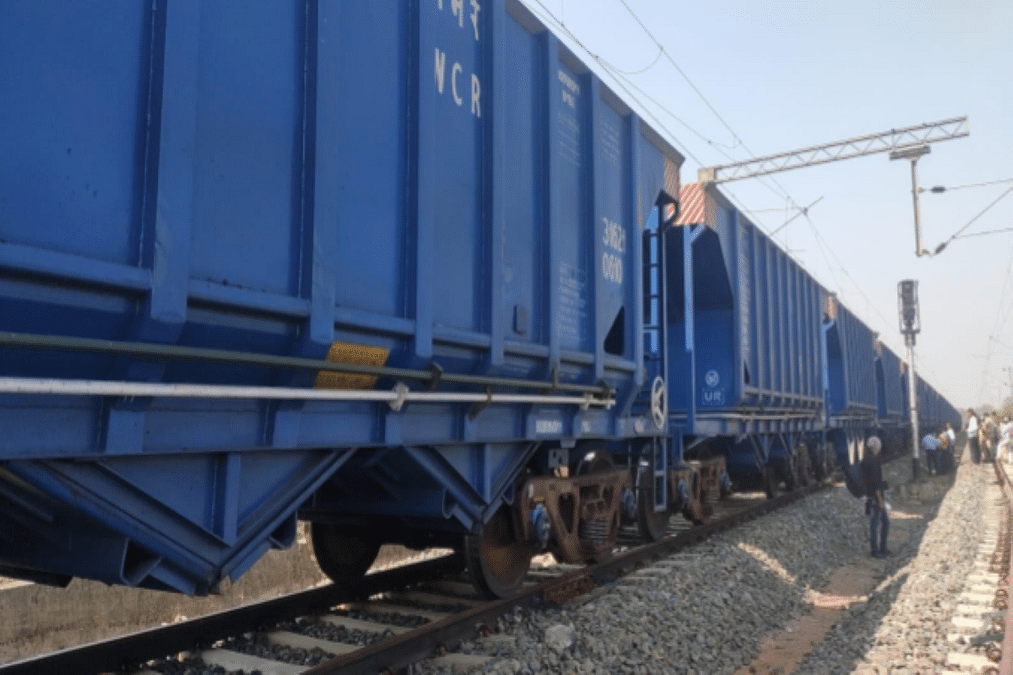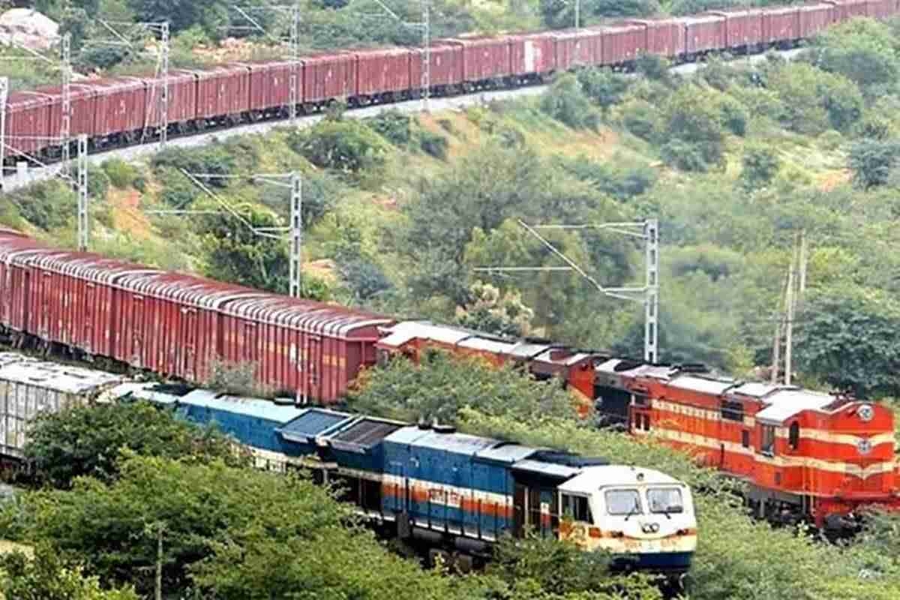Indian Railways is all set to roll out its new Gati Shakti Freight Trains, a major push towards faster, greener, and more efficient cargo transport. With India’s freight traffic already crossing 1.6 billion tonnes annually, these next-generation freight trains are expected to transform logistics and ease congestion across the country.
Boosting India’s Logistics Network
The upcoming Gati Shakti Freight EMU (Electric Multiple Unit), designed at Chennai’s Integral Coach Factory (ICF), will be a semi-high-speed train equipped with advanced container handling systems and improved crew amenities. It will primarily cater to the fast-growing e-commerce and FMCG sectors, ensuring quicker deliveries across long distances.
ICF General Manager U. Subba Rao revealed the plans on the occasion of India’s 79th Independence Day, highlighting the Railways’ commitment to modernizing freight movement.

Growing Freight Efficiency
Railways has already shown steady growth—freight loading jumped from 1,233 million tonnes in 2020-21 to 1,591 million tonnes in 2023-24, a remarkable 29% increase. By shifting more goods from road to rail, India is cutting carbon emissions, reducing fuel costs, and decongesting highways.
Dedicated Freight Corridors: Backbone of Growth
To support this surge, Indian Railways is constructing two massive Dedicated Freight Corridors (DFC):
Eastern DFC: Ludhiana to Sonnagar (1,337 km)
Western DFC: JNPT to Dadri (1,506 km)
Out of the planned 2,843 km, a staggering 96.4% (2,741 km) is already operational. In FY 2024-25 alone, the DFCs handled over 1.3 lakh freight trains, ensuring faster and more reliable cargo services.

Towards a Future-Ready Railway
Railway Minister Ashwini Vaishnaw recently emphasized that freight corridors focused on energy, minerals, cement, and high-traffic density routes are being prioritized to expand India’s supply chain capacity.
With the launch of Gati Shakti Freight Trains, Indian Railways is not just keeping pace with the country’s growing logistics demands—it is laying the tracks for a more sustainable, cost-efficient, and future-ready freight ecosystem.


